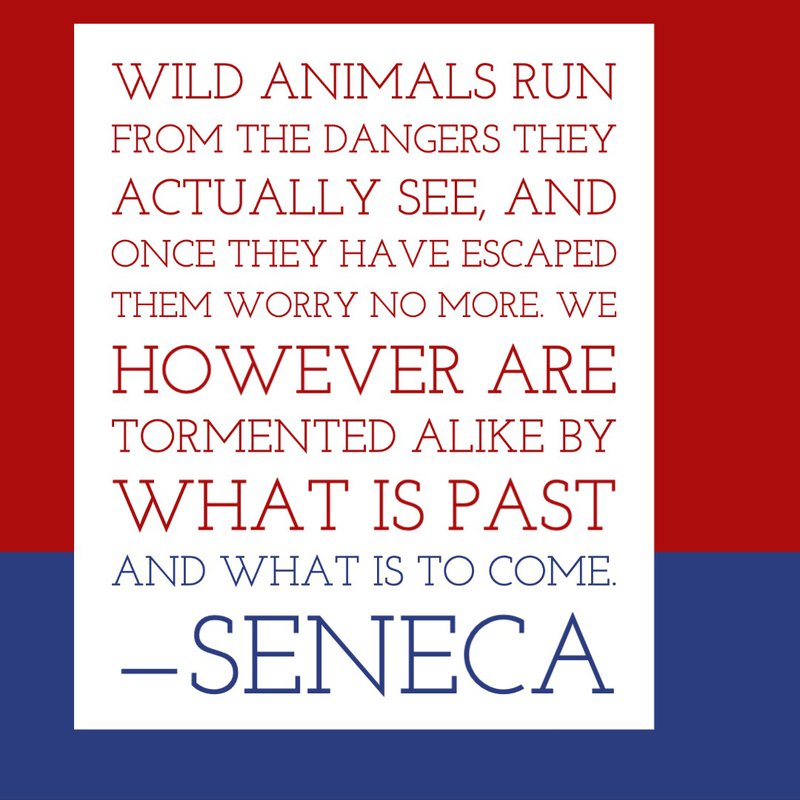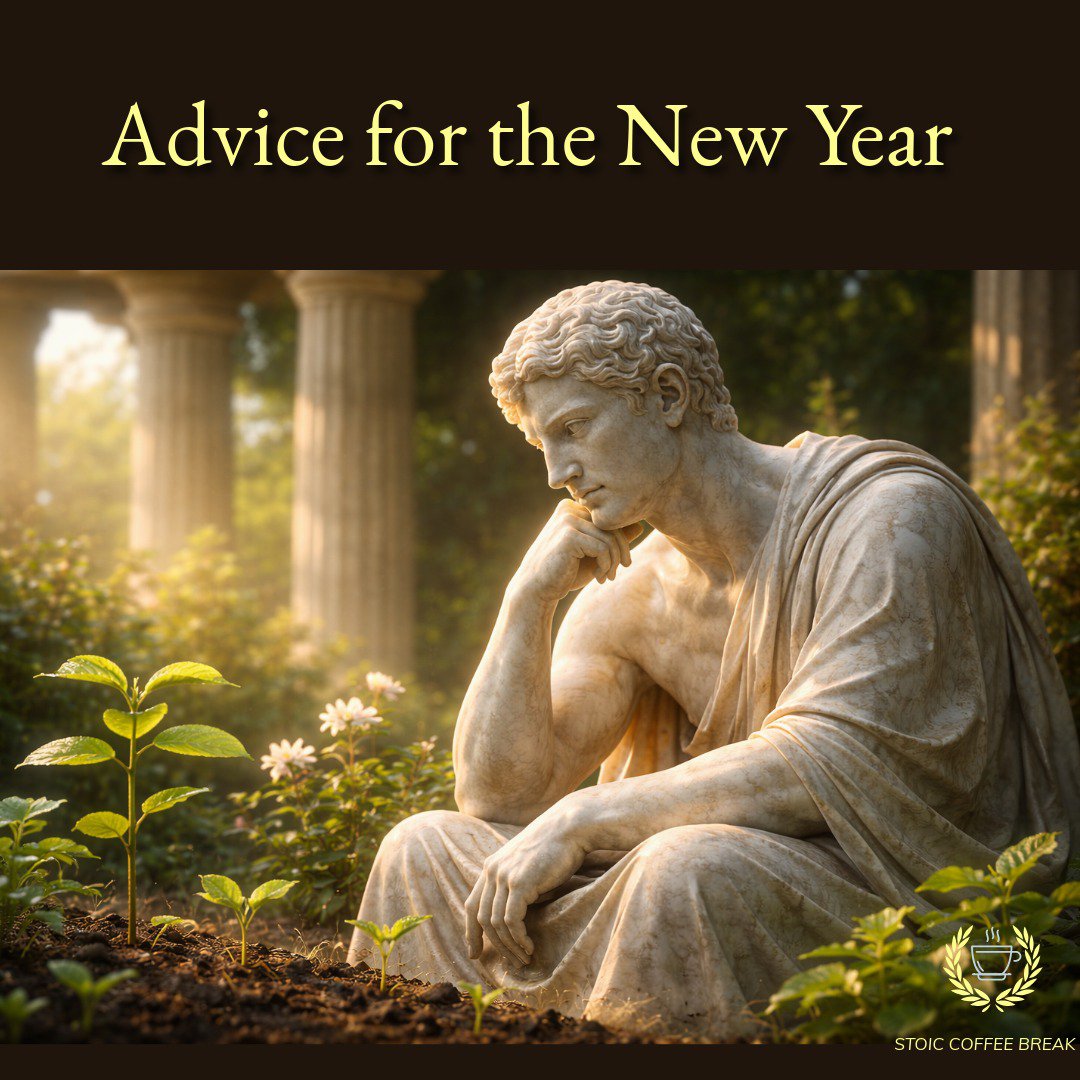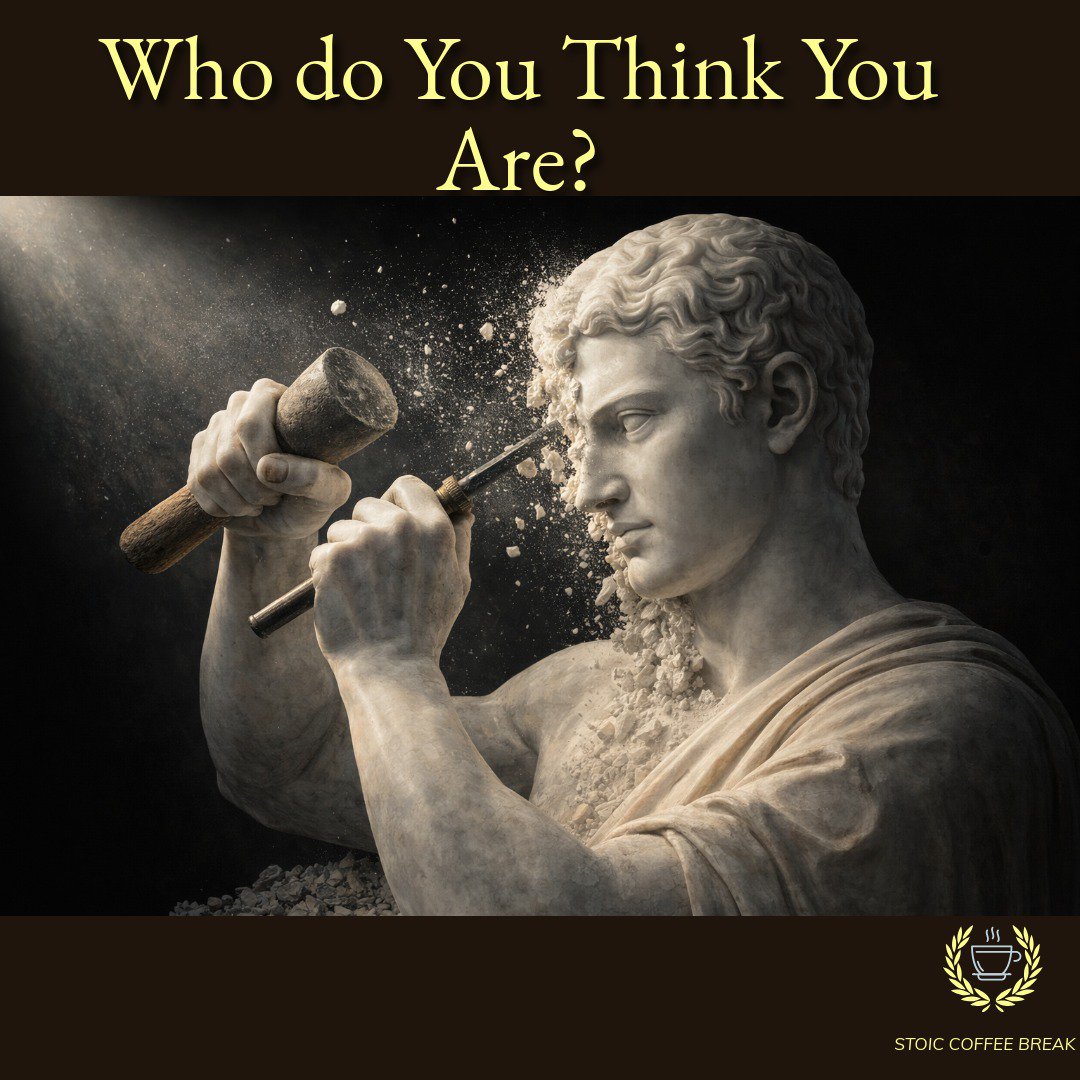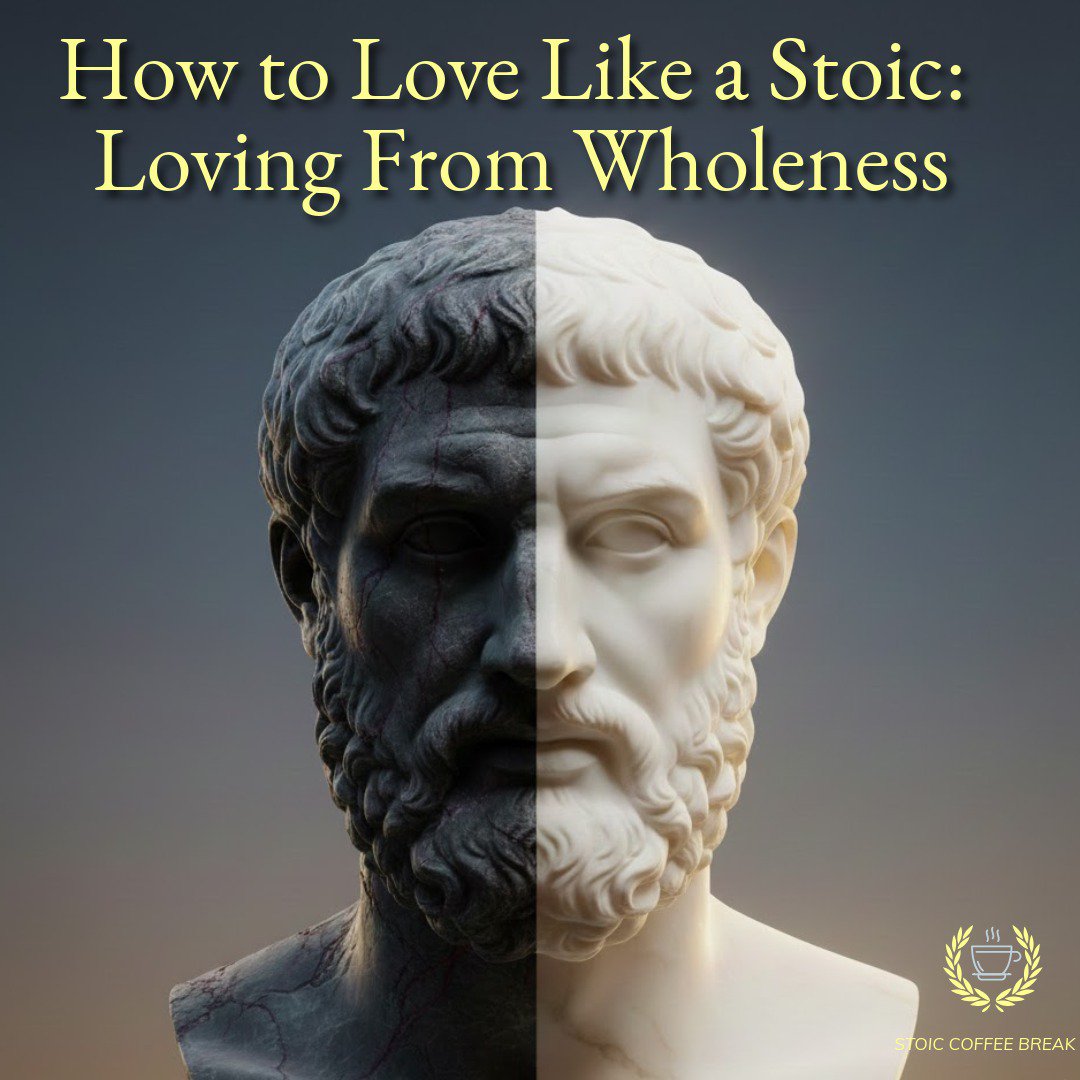
Become a patron and support this podcast!

“Caretake this moment. Immerse yourself in its particulars. Respond to this person or that person, this challenge, this deed. Quit the evasions. Stop giving yourself needless trouble. It is time to really live; to fully inhabit the situation you happen to be in right now. You are not some disinterested bystander. Participate. Exert yourself.”
– Epictetus
One of the hardest things that we have to deal with as humans is anxiety. As humans, we evolved to be constantly aware of threats around us. This is how our brains evolved to keep us alive. That rustling in the bushes could have been a snake or tiger. The adrenaline spike got us ready in flash should we need to fight for our lives or run for safety. Without these traits, humans would not have survived very long.
The problem is that we are built to handle threats that don’t exist for most of us. Getting your brain to understand and appreciate that though is a whole other challenge to our modern world. Because our brains are constantly on the lookout for threats, we may feel uncomfortable or anxious for something that we “think” we shouldn’t cause that kind of response. Maybe our partner is frustrated with us for being late. Maybe the noise from the traffic outside is just a little too jarring. It could be anything that might trigger this kind of anxiety in us, and we may not notice until we’re all worked up about something and in the middle of an argument.
The Chaos
One of the things I struggle with is this kind of anxiousness that sits in the background of my thoughts. It’s almost like white noise, and I often don’t even notice it. It comes from having grown up in an environment where I felt unsafe. When this happens, you’re constantly vigilant for threats. It becomes a state of being. It becomes this barely perceptible background music that creates an anxious mood that can impact how I view everything. I call it the chaos.
The chaos is always there, and it colors how I view everything. It doesn’t care if I like it or not, it just wants to keep me safe. Because of this hyper-vigilance, the constant state of “threat” creates a physical sensation. A tightness in my stomach or shoulders or neck. My breathing may be a little faster and shallow. My heart rate may be a little elevated.
I talk a lot about how our thinking impacts so much of what we do. Our thoughts create emotions, which drive the actions that we take, and those actions lead to the results we get. And because I know this, I often try to “think” my way through feeling anxious. But the thing is, the physical sensations that we have strongly influence the thoughts we have. If you don’t believe me, try to have a calm, rational conversation with someone while holding your hand over a flame. It’s really not going to happen, and it shouldn’t. If you’re holding your hand over a flame, your body is smart enough to get you to stop.
Our physical sensations have more control over us than we want to admit. But the thing is we have physical bodies. That’s what being human is all about! It’s that simple. To think that we can somehow ignore our physical nature and the bodies we inhabit is not realistic. And that’s okay. I think having a body is great! Even as I get older and there are pains and things that don’t work as well as I’d like, I’m still glad that my body still functions pretty well.
Because anxiety is a physical sensation, it needs to be handled in a physical way.
The Mind-Body Connection
One of the great things about Stoicism is that we work really hard to handle things in a rational way. And while there is clearly a focus on how to manage our thinking, we need to be sure that we are not ignoring our physical nature. By examining the way we think and observing how external things impact us, we can use these tools to gain the awareness to manage things from both sides – the physical and the mental. It is not just one or the other. It’s both.
When I studied acting in my first year of college, we worked with a method of acting where we worked on developing a character internally and externally. Some exercises that we did in class were fascinating. For example, getting into costume, using a particular prop, or even just adjusting your posture could help you get into the mindset of your character.
By thinking what your character would think, you could change your entire personality, and you would change how you moved physically to embody how you felt inside. If the character was fierce or jolly, your face would take on those expressions. Standing in a menacing posture, or holding your arms outstretched to embrace a long-lost friend would trigger the emotions you were trying to create with your character.
Physical Awareness
“Wild animals run from the dangers they actually see, and once they have escaped them worry no more. We however are tormented alike by what is past and what is to come. A number of our blessings do us harm, for memory brings back the agony of fear while foresight brings it on prematurely. No one confines his unhappiness to the present.”
– Seneca
The other day I was feeling particularly anxious. I don’t know what was causing the stressful feelings, but I noticed them for a good portion of the day. I finally reached a point where I couldn’t sit with it anymore, so I went for a walk. When I got about 300 meters from my house, I burst into tears for about a minute. Then it just stopped. I continued on with my walk and noticed that my mood was getting more and more relaxed. Later that evening, I noticed how good I felt. I had done nothing in particular, but that physical activity, and that release of whatever was stressing me out helped purge those anxious feelings.
Active Mindfulness
One of the best ways to practice being aware of our physical nature is through mindfulness and even meditation. One of the biggest misconceptions about meditation is that it’s purely a mental exercise. There are some meditation practices that like that for sure, but most mediation practices I’ve ever done have been very much focused on an awareness of the thoughts in your mind and the sensations in your body. It’s about developing a more acute awareness of both so that they can help regulate and support each other.
The Buddhists have what they call “walking meditation”, which is an active mindfulness. This idea that it’s not just trying to control your mind or reach some state of nirvana, but to be fully present in your own body and mind. It’s about being intentional about what you are doing, not just mindlessly going through the motions. That while you are cooking or gardening or doing some other task, that you are fully aware of the thoughts in your mind and the sensations in your body. While cooking, do you smell the ingredients, and savor the tastes? If you’re gardening, do you notice the texture of the dirt between your fingers, the smell of the plants, the vibrancy of the flowers? The more we can practice noticing the physical sensations that we feel and recognizing them when they are very subtle, the sooner we can take some actions to reduce those anxious feelings.
When we recognize that anxiety is a physiological response to the physical world AND the thoughts that we have, we can make sure that we’re using all the tools in our toolbox to ensure our wellbeing. The next time you’re feeling anxious, rather than trying to think your way out of it, or to convince yourself that you shouldn’t feel that way, just let yourself feel it, and see if there is anything physical that you can do to help calm your nerves. Maybe a short walk or some exercise. Maybe doing some yardwork. Maybe even doing the dishes. I know for me that getting things back in order is also useful for the mental aspect of things. Whatever it is, find your thing that helps you bring things back into balance, and find that equanimity you’re looking for.
—
Hello friends! Thank you for listening. If you like what you hear, head on over to patreon.com/stoicoffee and help support this podcast by becoming a patron. Also stop by the website at www.stoic.coffee where you can sign up for our newsletter, and buy some great looking shirts and hoodies at the Stoic Coffee Shop. Also, if you know of someone that would benefit from or appreciate this podcast, please share it. Word of mouth is the best way to help this podcast grow. Thanks again for listening.


